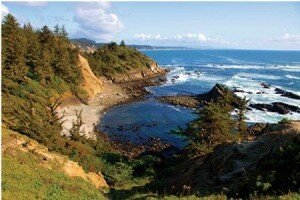Seniors Discover Tegucigalpa
Tegucigalpa (tuh-goo-si-gal-puh0), commonly referred to as Tegus, is the capital of Honduras and seat of government of the Republic, along with its twin sister Comayagüela. Senior travelers will find Tegucigalpa in the central region of the country.
Ringed by forested hills in a highland valley, sprawling Tegucigalpa, population 890,000, enjoys a relatively fresh, mild climate and a spectacular setting high up in the mountains.
The city is one of the few capitals in the world without a railroad, and depends largely on the international airport at Toncontín.
The Mercado San Isidro is where you can enjoy searching for great souvenirs and treasures. Excellent artesanía is included in the chaotic market in Comayagüela, its twin city that is separated by the Choluteca or Grande river.
As senior visitors stroll the streets you will see many buildings that have survived since colonial times. Walk on and you will reach modern glass malls and cinemas flashing with neon signs. There are large pine forests nearby the city, so the air is refreshing.
Tegucigalpa was founded by Spanish settlers as “Real Villa de San Miguel de Tegucigalpa de Heredia” in 1578 on the site of an existing native settlement. The city’s principal buildings include the presidential and legislative palaces, the National University of Honduras (1847), and an 18th-century cathedral.
Seniors Enjoy the Beautiful Churches
Senior visitors will discover that the best attractions in Tegucigalpa are the city’s many beautiful churches. The city has diverse light industry, including the production of textiles, sugar, and cigarettes.
Old Tegucigalpa, built on a steep hill, retains many quaint colonial aspects, with narrow streets and sidewalks, overhanging balconies, and stair-stepped streets. Tegucigalpa, as a colonial city, has several barrios in the oldest districts of the city.
A city with a very pleasant climate, Tegucigalpa is nestled in a valley at 1000m above sea level making it ideal all year round. It is a gateway to the Pacific Coast and to numerous attractions that are located in central and southern Honduras.
A chain of mountains covered with pine trees surrounds the city. The name Tegucigalpa means ‘silver hill’ in the local dialect, and it was bestowed when the Spanish founded the city as a mining center in 1578. Most sources indicate that the origin and meaning of the word Tegucigalpa is derived from the Nahuatl language.
TripAdvisor suggests 26 attractions for seniors to visit and the Parque Nacional La Tigra is a major draw. Tegucigalpa is definitely worth a visit on your way into or out of Honduras. Check out the city with your travel agent, get adventurous, and spend some quality time in exotic Tegucigalpa. jeb































